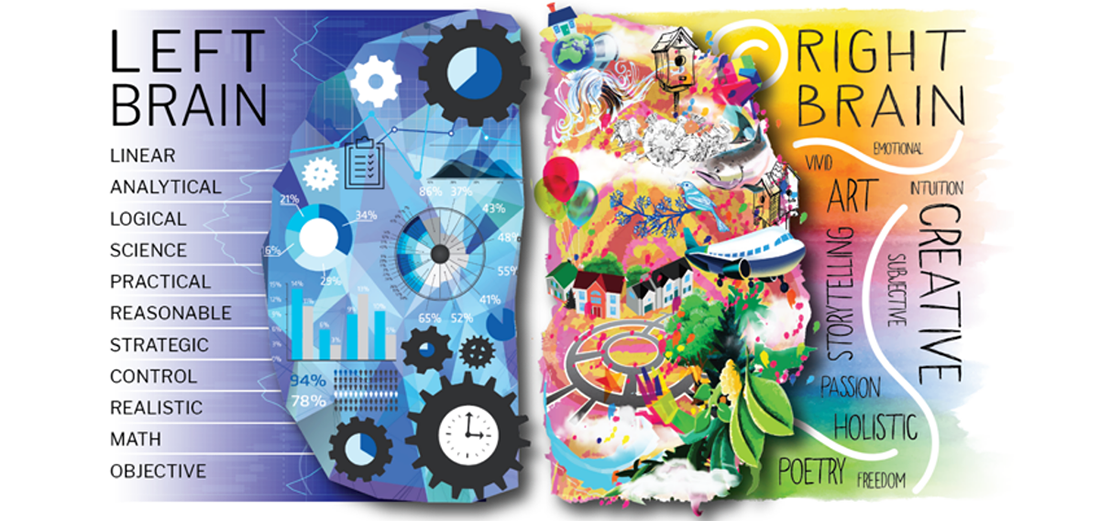Metaphor Facts
Metaphors are the most valuable tools in our learning tool kit. Consider some of the following facts:
- In an analysis of television programs, speakers used approximately one unique metaphor for every 25 words.
- Aristotle said, “The greatest thing by far is to be a master of metaphor.”
- In the nineteenth century, William James (the father of modern psychology), Charles Darwin, and Friedrich Nietzsche acknowledged that metaphor is essential to learning.
- Metaphors are not only useful in revealing hidden aspects of reality but also serve as the fundamental basis for all human learning and understanding.
- Using metaphors for learning increases recall of information both instantly and after substantially delayed intervals.
- For fans of academia, metaphors can be referred to in several ways: analogies, schemas, structure mapping, and shared features hypothesis. In lay terms, a metaphor is simply comparing something unknown to something we know.
Metaphor Examples
Let’s look at a few examples.
- If I were to say that a new organizational process is like a cakewalk, you would immediately know that the process is simple and should be fairly easy to implement.
- If I were to say that a new organizational process is like a journey through the jungle, you would immediately know that the process isn’t going to be easy and that several challenges await us.
A ton of information can be conveyed by a simple metaphor.
- Our company is a well-oiled machine.
- Our company runs like a ’72 jalopy.
The use of a metaphor can be both engaging and effective when it comes to training. Imagine implementing a training program that conveys a company’s strategy.
One option would be to design an e-learning module that uses straightforward bullet points, some great stock photography, and maybe a few drag-n-drop, matching, or multiple choice questions to ensure the learners understand the information. Another option would be to immerse the learner into a mountain climbing metaphor.
Learning is a Journey
In this metaphor, our strategy is the map. Our guides are the company leaders. The summit is the achievement of our goals. Our climbing partners are the different functional departments that we must rely on. Which approach do you think the learners will better and more quickly understand and act on? Which approach is more emotionally engaging and motivating? If you answered, “the mountain climbing approach,” please move to the head of the class!
Where do Metaphors Fit Into Your Business?
Metaphors aren’t the answer for all training needs, but applying them can certainly be expanded to a wide range of training efforts. I challenge us to rethink the role of metaphors in our training arena. Where can you better use this approach in training efforts?









